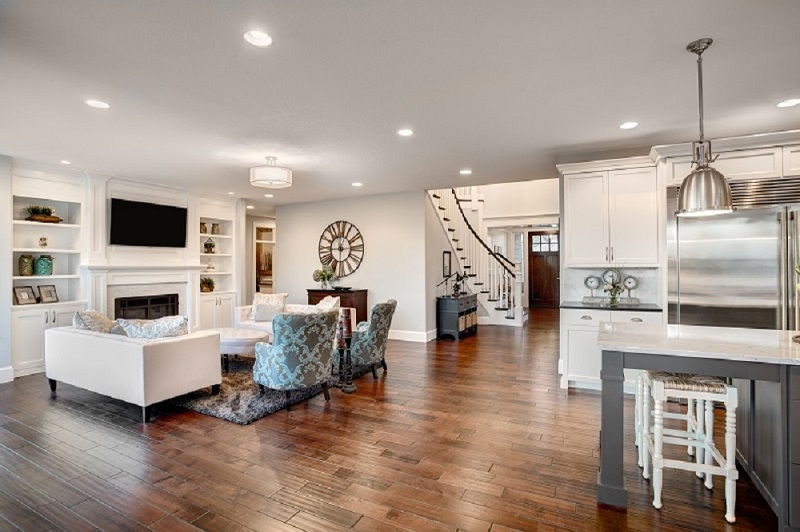How Is Engineered Timber Flooring Made?
Engineered timber or wood is one of the most misunderstood products for flooring with hardwood. Most people have a limited or partial understanding of engineered wood. Those considering engineered timber flooring must understand everything about it and its advantages and disadvantages and if it is a flooring solution that is worth considering.
Before you go ahead and start looking for engineered timber flooring specifications.
You Must Know How Engineered Timber Flooring Is Made.
 |
| Engineered Timber Flooring |
Engineered wood is also known as artificial wood or composite wood and is made by binding together strands of particles, fibres, strands, and boards of wood together to create a composite material. Specific national or international standards are adhered to when making engineered wood so s to maintain uniformity. Thus, several layers of ply are bonded together, and finally, the top layer is added to give that final look.
Engineered wood is used for a variety of purposes such as residential, commercial, and industrial applications.
Today, a growing number of all floors are being made of engineered wood, which is more versatile, aesthetic, and practical for a modern space. Moreover, it is because of the inherent benefits these floors carry.
The Basic Benefits Of Engineered Wood Flooring
The engineered wood floor is made of both hardwood and plywood, and one comes across a lot of options and different colours, styles, and patterns in the flooring.
- Engineered wood constructed with multi-layers of wood carries durable, high-performance qualities.
- It prevents damages on the wood due to insects and termites that are common in hardwood. Also ensures different attractive wooded textures.
- The unique construction prevents the risks of any warping and bowing, especially under moist conditions.
- Installation is easy and available for most grade levels of the home, including a protective moisture barrier.
- Engineered timber flooring comes with easy care and maintenance and matches the beauty & look of any natural wood.
- It is a lot less expensive than hardwood flooring and available in endless designs and looks. The cost of the engineered timber flooring is sure to surprise you pleasantly.
- The engineered timber panels can vary in size and thickness, and one can get engineered wood products to precise design specifications.
- One can safely use the engineered wood in bathrooms and kitchens, where temperature and moisture are forever fluctuating as well as prevent damages due to water flow
- An engineered wood floor can last a lifetime based on the quality and thickness of the veneer and the maintenance and care.
 |
| Engineered Timber Flooring |
What makes engineered wood flooring so special is its looks and strength. It is because of that combination of various layers of ply using a strong adhesive that gives it the core strength, and it is a lot stronger than a single piece of wood. Thus, for all those who love wooden floors but have a limited budget can certainly consider engineered timber flooring as it meets all that they are looking for, longevity, strength, aesthetics, and easy maintenance. Moreover, engineered timber flooring price is a lot less than a typical wooden floor. So, go ahead and start browsing for the leading dealers and manufacturers of engineered wood in your area!



